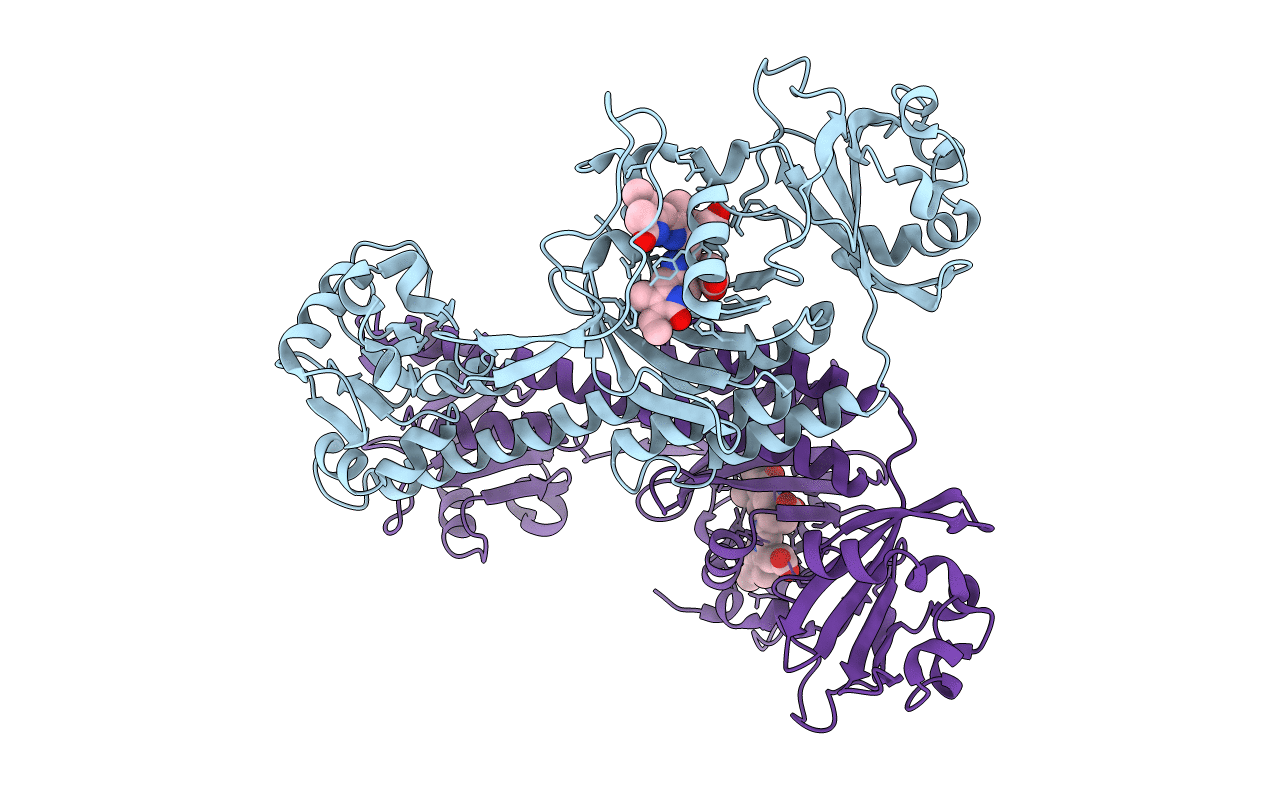
Deposition Date
2019-07-16
Release Date
2019-10-09
Last Version Date
2024-11-20
Entry Detail
PDB ID:
6PTX
Keywords:
Title:
Dark, 100K, PCM Myxobacterial Phytochrome, P2, Wild Type,
Biological Source:
Source Organism:
Stigmatella aurantiaca (Taxon ID: 41)
Host Organism:
Method Details:
Experimental Method:
Resolution:
1.65 Å
R-Value Free:
0.22
R-Value Work:
0.19
Space Group:
P 1 21 1


